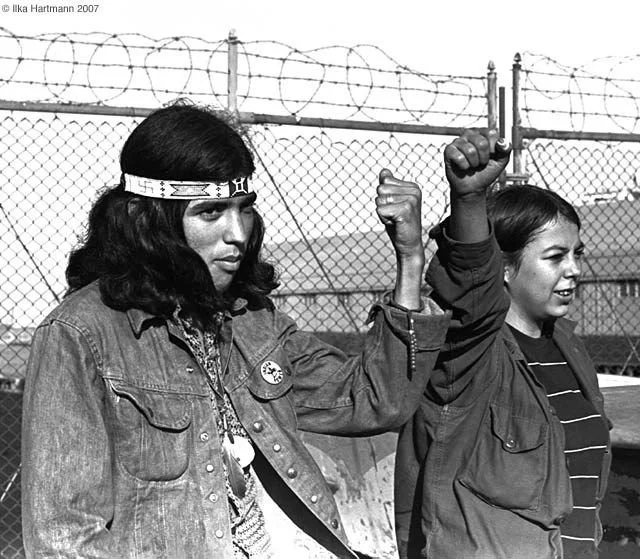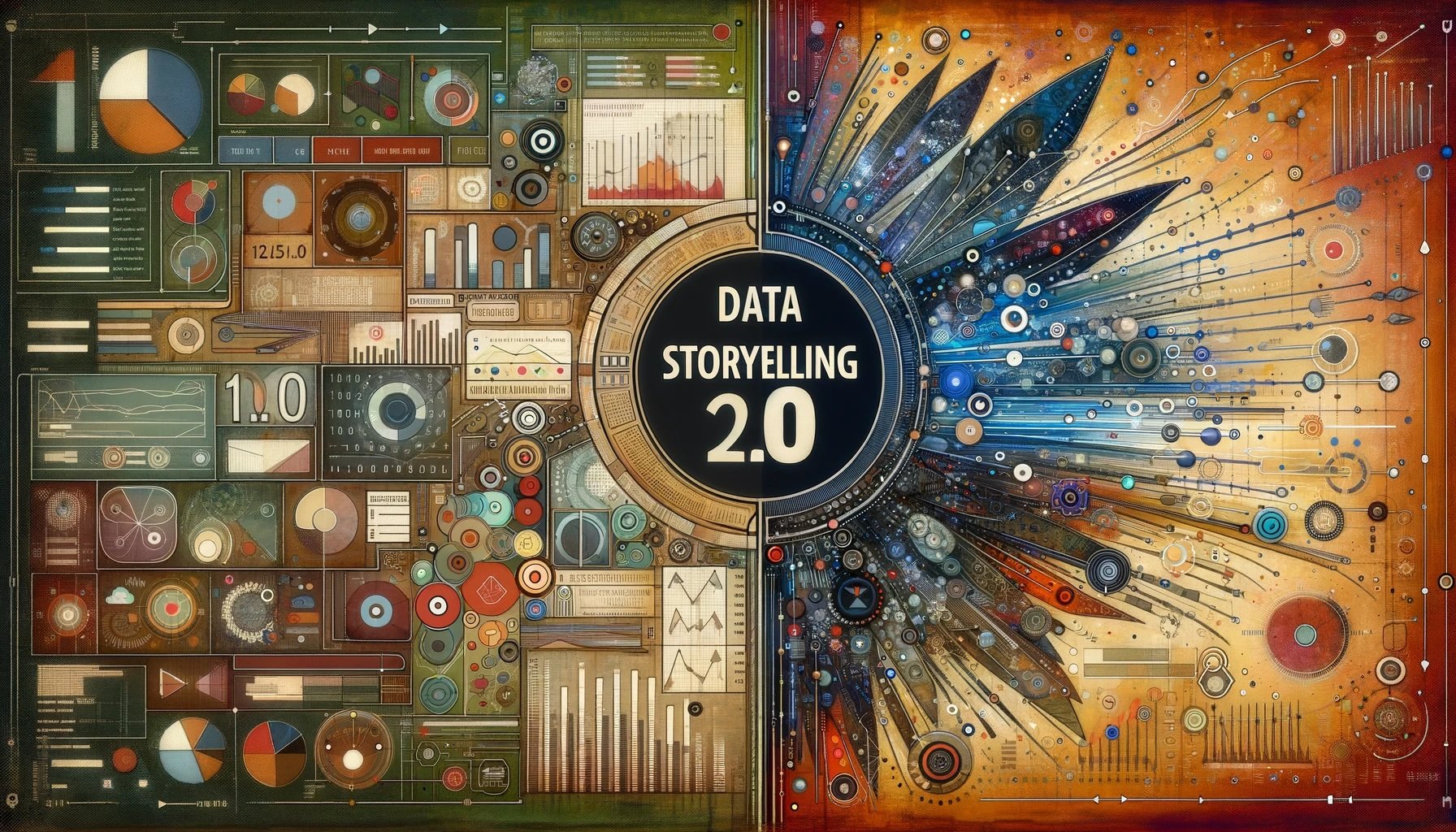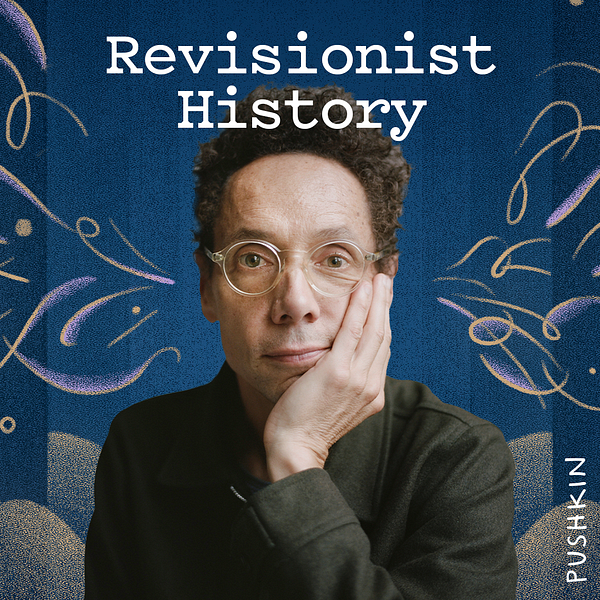Data Storytelling as a term has gained popularity as people discover the impact that traditional storytelling and narrative techniques can have when explaining their data analysis. At the same time, traditional storytellers — e.g journalists, authors, marketers — have come to appreciate the impact that data can bring to their message.
However, arriving at a shared definition of what is (and what is not) a data story has been elusive. We’d like to offer the following definition to bring clarity and draw boundaries around the concept of data storytelling.
Data storytelling is the presentation of data to communicate a message using the techniques of traditional narrative forms.
Photo by Etienne Girardet on Unsplash
This definition helps to underscore the requirements of a data story:
✅ Data and data analysis is a foundational element of the content;
✅ The data story has a message or purpose that encourages change in the audience. It is more about explaining the data than providing an unguided exploration of the data.
✅ Data stories should fundamentally resemble traditional stories, including features such as a narrative flow, a core conflict at the heart of the story, and an effort to carry the audience from the initial problem to a resolution.
Here are some of the common questions that people ask about data storytelling:
Are there forms/formats that a data story needs to take? No. Like traditional stories, there are many ways to convey your message. Data stories can be mostly textual, or they can be in the form of animations or videos. Even an audio story — like a Freakonomics podcast — could be considered a data story.
Do data stories require visualizations? No. For example, data can be communicated effectively in text alone.
Is a data visualization a data story? Not in and of itself. A data visualization can be a short data story if it has a specific message and exhibits features of storytelling.
Is a dashboard a data story? Generally not. A dashboard is about providing visibility to monitor data. It doesn’t require a narrative flow or have a message to communicate.
What about interactivity and data updating, which can change the conclusions of a data story? This is one of the things that differentiates a data story from traditional, static narratives. Data stories can act almost like the old Choose-Your-Own-Adventure books. The insights drawn from a data story may change by the audience and across time.
What makes a great data story? A quality data story shares many characteristics we might use to describe quality stories. The best data stories are focused, well-written, specific, and compelling. We have a collection of lessons to teach you the skills for designing good data stories.
Ready to learn more? We’ve done the research to give you a jump-start on your data storytelling career:








